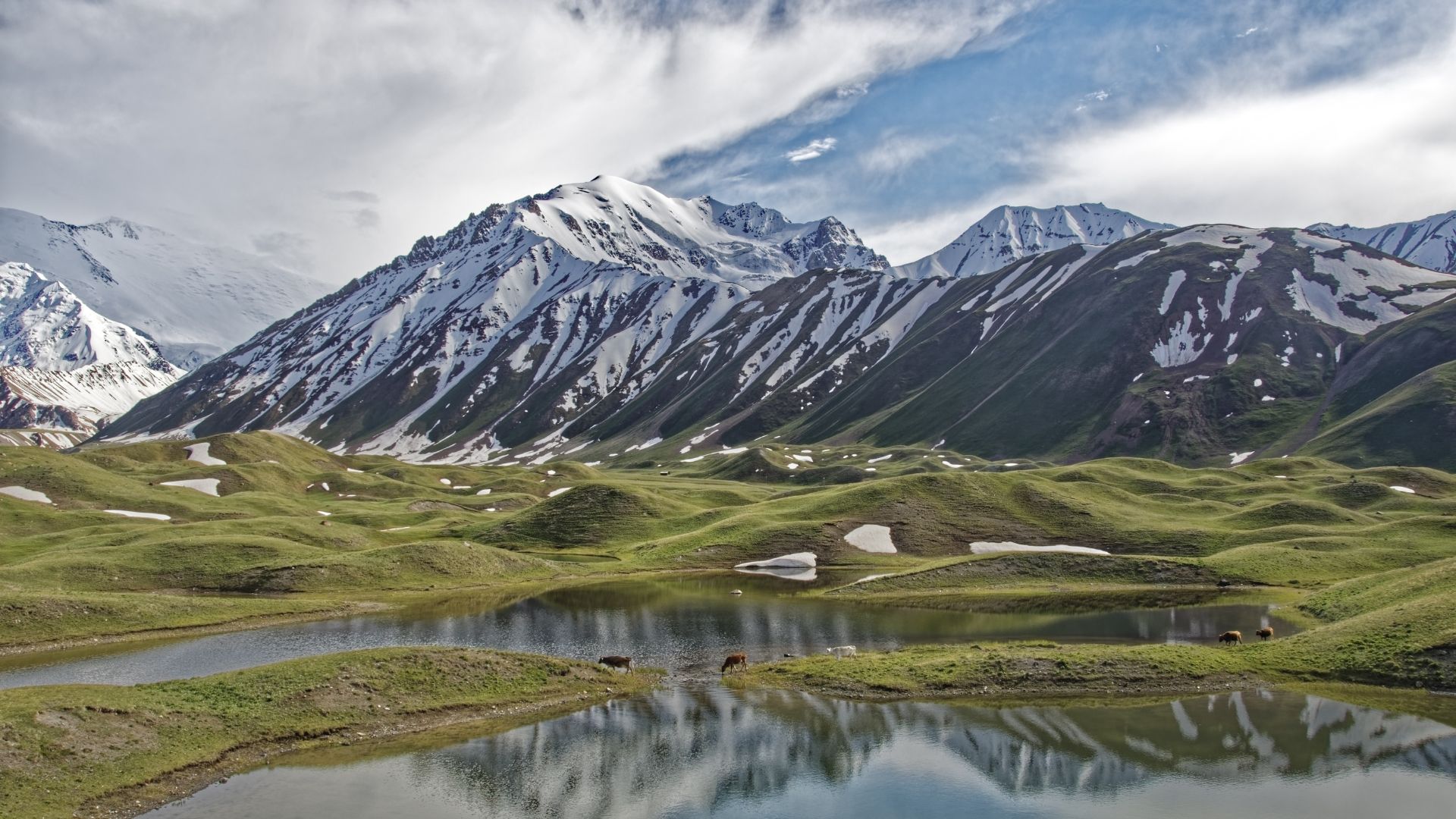- Download 23
- File Size 8.87 MB
- File Count 1
- Create Date July 4, 2024
- Last Updated July 4, 2024
A Central Asian pro-glacial discharge database for improving hydrological models
Eric Pohl 1, Mukhammed uulu Esenaman 2, Ardamehr Halimov 3, Dominik Amschwand 1, Tomas Saks 1, and Jingheng Huang 1
1 University of Fribourg, Department of Geosciences, Fribourg, Switzerland (eric.pohl@unifr.ch)
2 Central Asian Institute of Applied Geosciences, Bishkek, Kyrgyzstan
3 Center for Glacier Research, Academy of Science Tajikistan, Dushanbe, Tajikistan
Abstract
Central Asia’s mountain rivers are to a large degree fed by snow and ice melt and are a crucial contributor of fresh water downstream for millions of people. The attribution of how these meltwater sources will change their contribution to stream flow in a warmer future are, however, very uncertain. A major reason for this is an extremely sparse hydrometeorological monitoring network. This affects the calibration and validation of large-scale cryo-hydrological models that could be used for the task, or the validation and bias correction of reanalysis and remote sensing data needed to run such models. In combination with uncertainties about the glacier mass balances in the region, hydrological models are facing a pronounced equifinality problem. In order to improve this, and to understand better the glacier response to the current meteorological forcing in different climate zones of Central Asia, we instrumented 8 pro-glacial streams in Kyrgyzstan and Tajikistan, with automated runoff gauges running at hourly resolution to also capture diurnal variability. These measurements complement the already (re-)established glaciological monitoring network at most of these sites and allow tackling the equifinality problem by constraining many variables. Here, we present first results from this database that shall serve to improve hydrological model calibration and parameterization, and understand relationships between meteorological forcing, annual glacier mass balance and meltwater generation. We also discuss instrumenting strategies and problems, and uncertainties related to gauge calibration.
How to cite.
Pohl, E., uulu Esenaman, M., Halimov, A., Amschwand, D., Saks, T., and Huang, J.: A Central Asian pro-glacial discharge database for improving hydrological models, EGU General Assembly 2024, Vienna, Austria, 14–19 Apr 2024, EGU24-16055, https://doi.org/10.5194/egusphere-egu24-16055, 2024.




